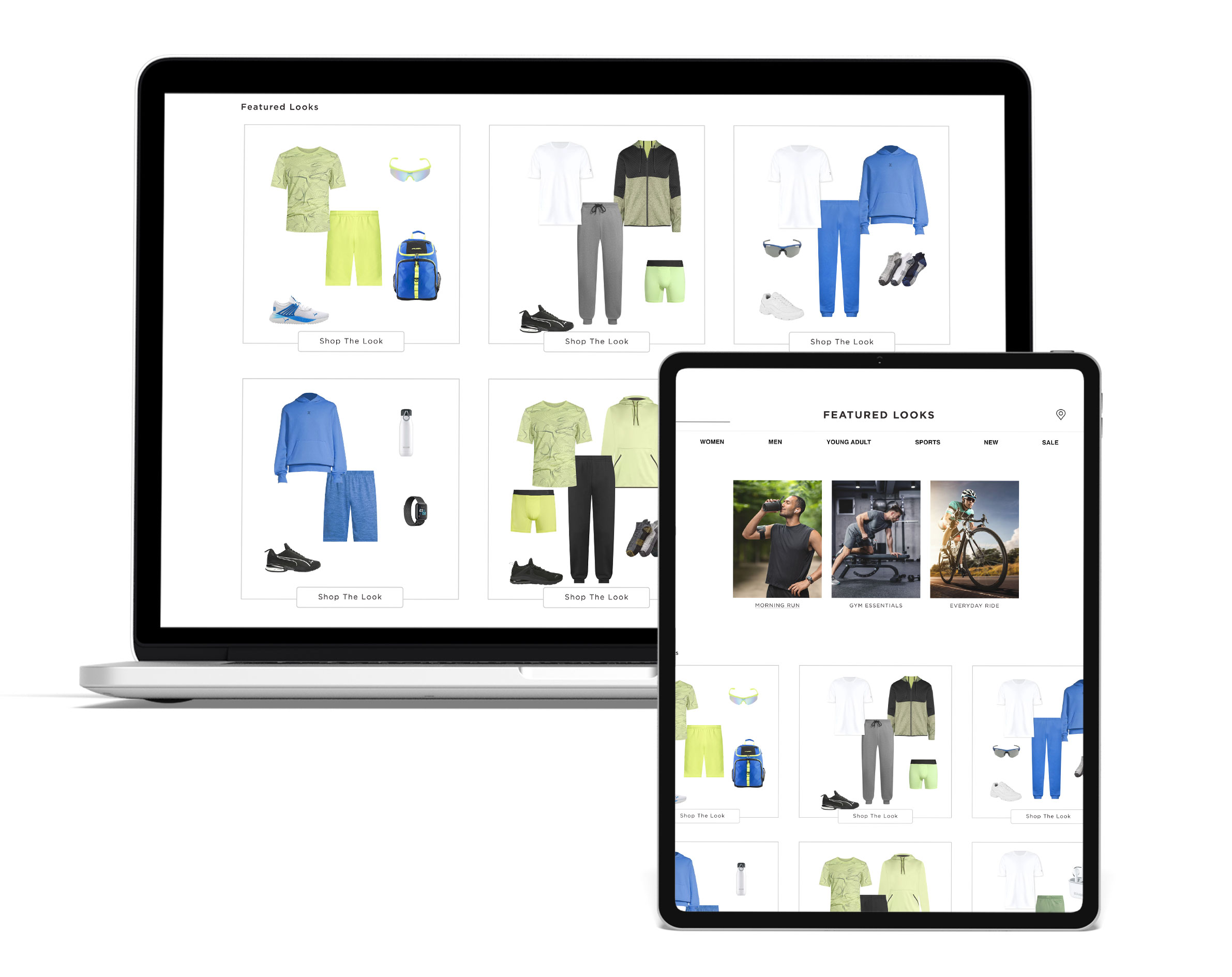(note: This article was written by Danie Williams-Rivera)
Black Friday and Cyber Monday may bring retail success, but high volumes of sales also mean a rush of returns when those items don’t meet expectations. The returns department faces a daily grind of processing wrong sizes, colors, and unsuitable purchases, draining precious time and resources.
The aftermath, with dead stock and lower margins, burdens profitability. Addressing this post-holiday deluge is vital to preserve customer satisfaction and safeguard profits.
According to Salesforce data, at least 10% of orders were returned each week from November 2022 to mid-January 2023.
The impact of post-holiday returns affects the entire organization, allocating manpower and resources to handle an overwhelming influx of products needing inspection, restocking, or disposal. Moreover, post-holiday returns jeopardize customer satisfaction and brand loyalty. Frustrated customers who encounter complex return procedures or experience delays may vent their dissatisfaction, tarnishing your reputation and hindering future sales.
To combat these challenges, proactive strategies must be implemented. Streamlining the return process, encouraging exchanges or post-return purchases, and reducing the occurrence of returns altogether, all minimize the detrimental effects of this post-holiday sales reality.
Prevent Returns Before They Happen
The best plan to avoid returns, of course, is to ensure they don’t happen in the first place.
Enhanced Product Descriptions: Providing complete and detailed product information at the point of purchase guarantees that shoppers have a clear understanding of what they are buying. This reduces the likelihood of returns due to mismatched expectations. Review and update product information across all digital platforms, including third-party sites and marketplaces like Amazon.
High Quality Imagery: By utilizing high-quality images from various angles, you assist customers in visualizing the product and reducing the changes of unexpected surprises upon receipt. For product images, featuring them on and off-figure are helpful for the customer to envision themselves wearing the item. Utilizing additional techniques on the PDP, like Mixing and Matching complementary products, allows the shopper to consider multiple ways to wear or display the product and increases perceived value and customer satisfaction.
Size and Fit Guidance: Wrong size or fit are one of the most likely reasons a product will be returned. Detailed size charts, measurement guides, and fit recommendations for your apparel and accessories all help customers choose the right size — minimizing the need for returns.
Product Recommendations: Social proof is an essential part of a satisfied customer. Display customer reviews and ratings prominently on product pages. Genuine feedback from other shoppers builds trust and helps them make more informed purchase decisions, reducing the likelihood of returns based on dissatisfaction.

Maintain Transparent and Shopper-Friendly Return Policies
Be Transparent and Easily Accessible: Build consumer trust with return policies that are easily accessible and clearly communicated on your website, without convoluted legal jargon. If your policy includes any uncommon provisions, such as return charges, proactively highlight these details to customers..
Respond Promptly: Regardless of the physical processing time for returns, it is crucial to respond to customers promptly for all qualified returns. Provide confirmation that their return has been accepted and offer information regarding refunds and shipping dates. Timely communication fosters positive brand relationships and helps minimize customer dissatisfaction.

Encourage Exchanges and Post Purchase Opportunities
Make Exchanges Easy: Consider offering incentives, such as store credits or exclusive discounts, for customers who choose exchanges instead of returns. This not only rewards their loyalty but also increases the perceived value of making an exchange.
Utilize Automated Outfitting and Product Recommendations: Leverage features on your website, such as automated outfitting or bundled product suggestions, to present customers with alternative items that may better suit their preferences. By showcasing related products or suggesting replacements, you increase the likelihood of customers finding appealing options and making additional purchases.
Want to Learn More About Stylitics technology and how it can help reduce your post holiday returns? Schedule a demo.
Related Articles:
- Black Friday & Cyber Monday Sales: Why a Better Shopping Experience Yields Big Profits Without Big Discounts
- From Transactional to Transformational: Unlocking the Power of Inspirational Commerce this Black Friday & Cyber Monday
- Inspirational Commerce: Your Guide to Black Friday/Cyber Monday Success eBook
- Tips for Enhancing the Customer Experience & Generating Better Black Friday Margins
- Unlocking Loyalty on Black Friday & Cyber Monday: Create Immersive Experiences with Minimal Resources
- The Holiday Edge Webinar: Actionable Shopping Insights for Black Friday Cyber Monday 2023
